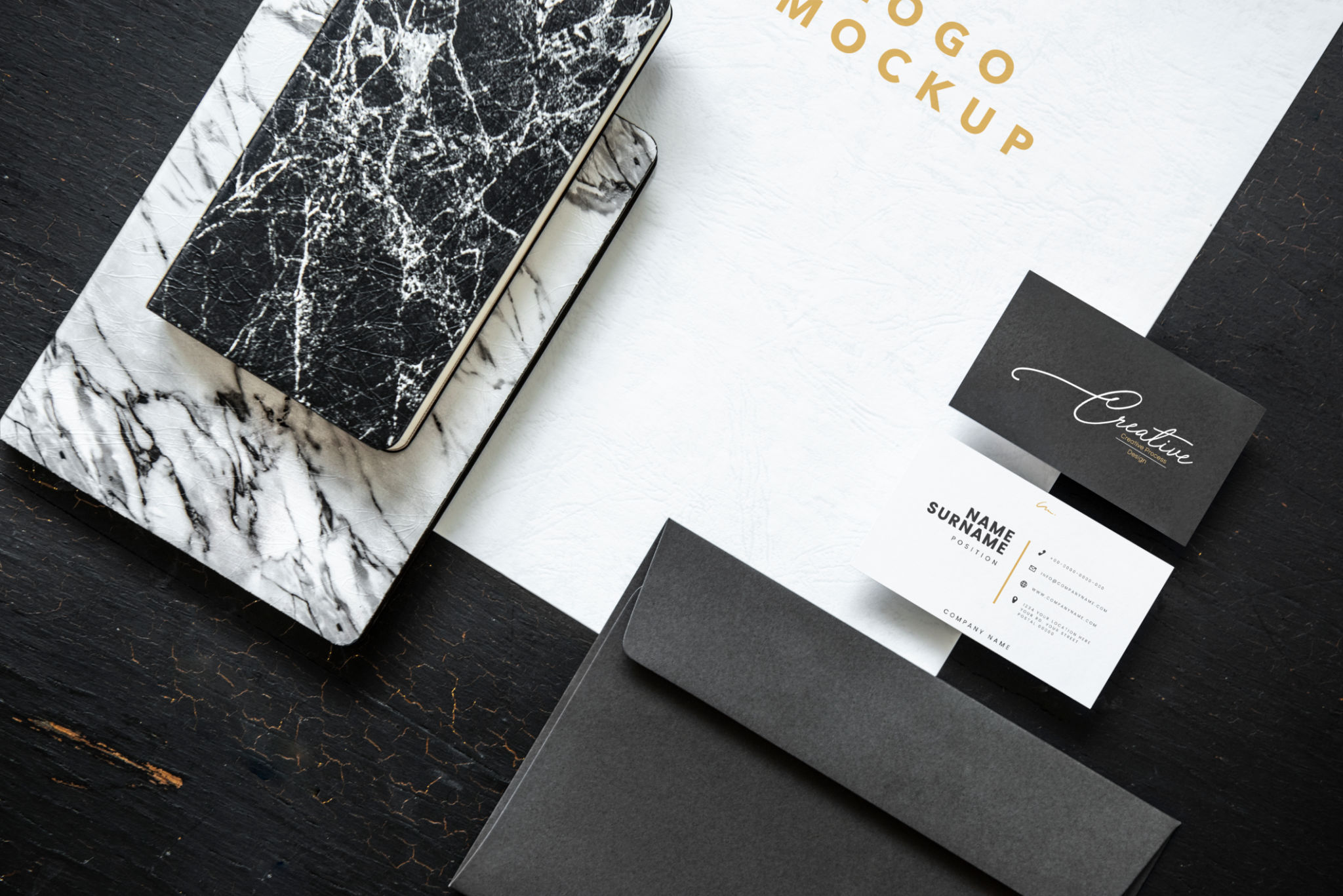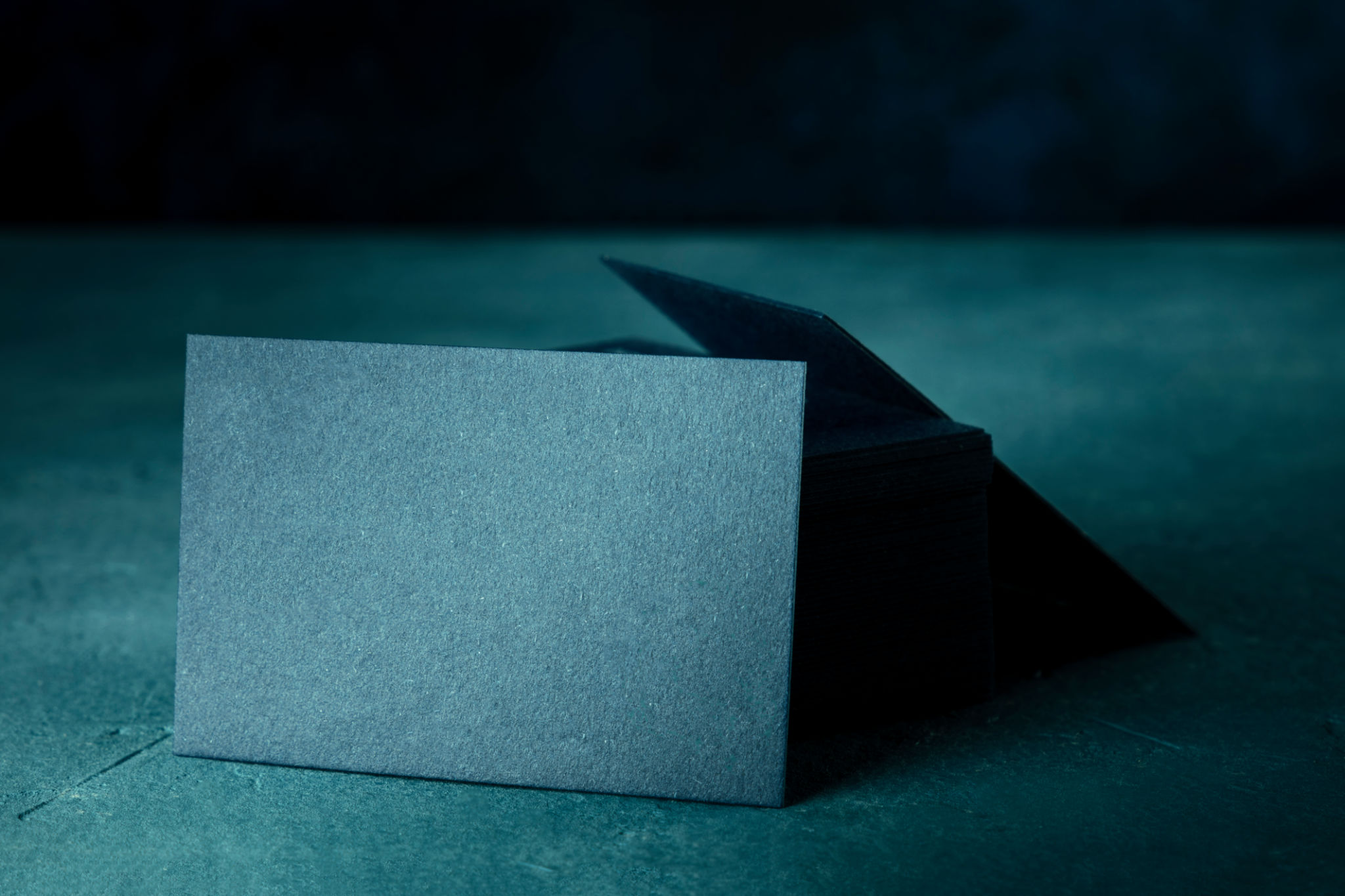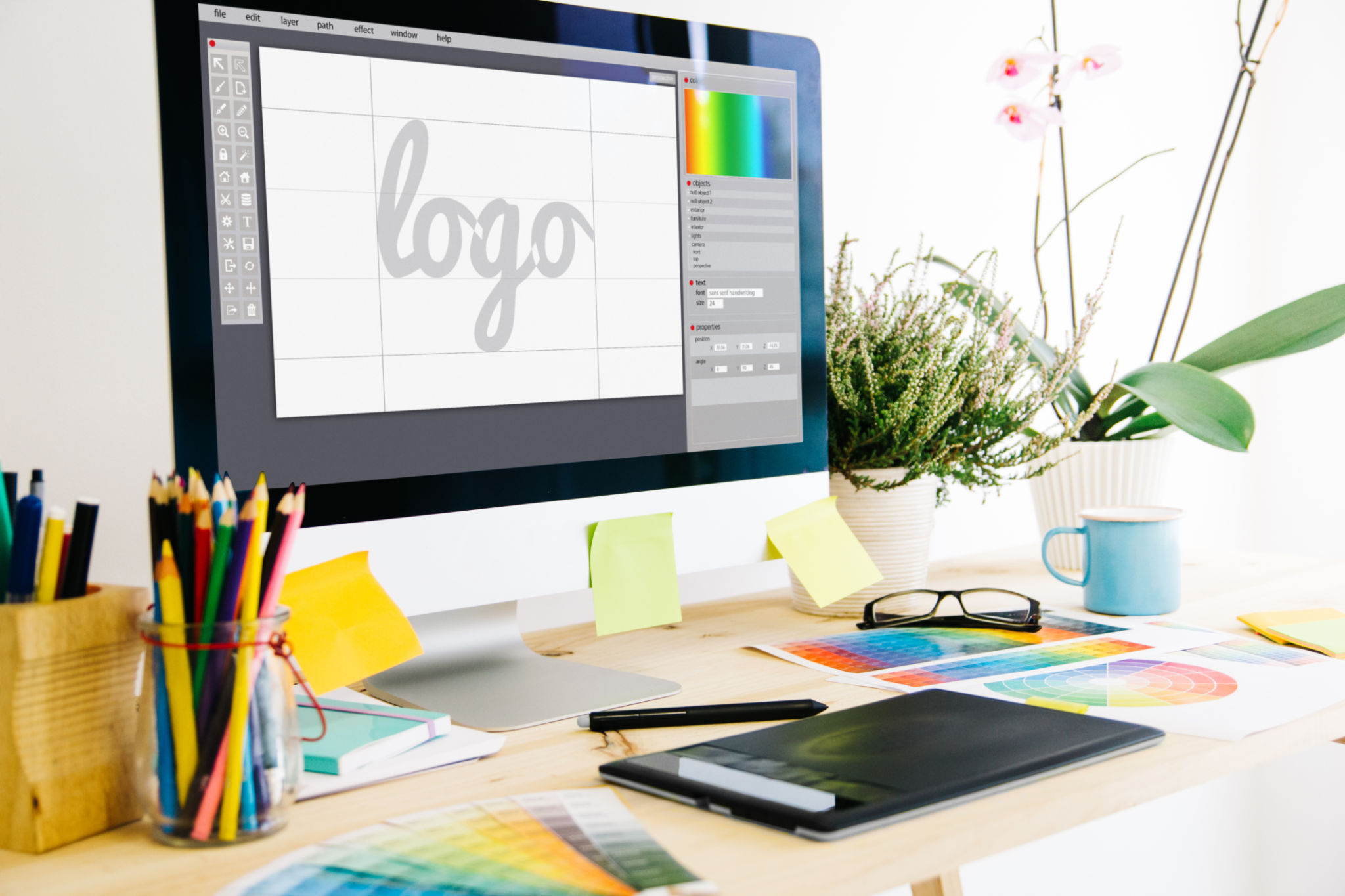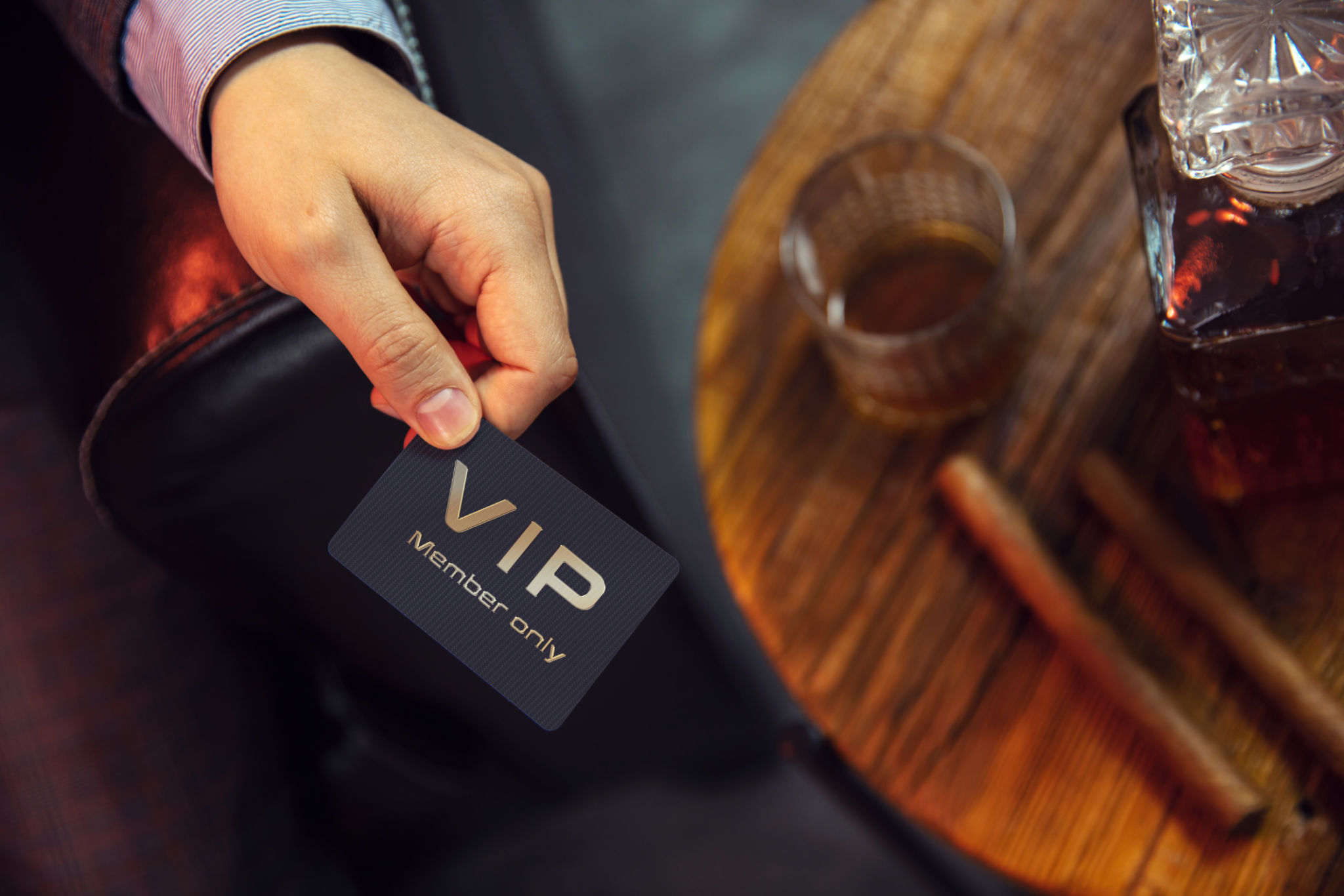DIY Tips for Designing Your First Business Card
Begin with a Clear Concept
Designing your first business card can be an exciting yet challenging task. It is essential to start with a clear concept that reflects your brand's image and mission. Consider what message you want to convey and how you want your potential clients to perceive your business. Simplicity is often key, so try to avoid clutter and stick to the most important information.
Think about the elements that represent your business. Whether it's a specific color scheme, logo, or tagline, these components should be integrated harmoniously into your card design. The goal is to create a card that stands out but remains true to your brand identity.

Select the Right Information
Your business card is a compact representation of your business, so the information included should be concise and relevant. The basics typically include your name, title, company name, phone number, email address, and website. Depending on your industry, you might also want to include social media handles or a physical address.
Ensure that the text is legible and not overcrowded. Using a font size that's too small can make it difficult for people to read your contact details. It's advisable to use a professional font that aligns with the overall aesthetic of your card.
Choose Quality Materials
The material of your business card can make a significant difference in making a lasting impression. While it might be tempting to cut costs, investing in quality materials can elevate the perception of your brand. Options like thicker card stock, matte finishes, or even special textures can add a sense of professionalism and luxury.

Consider environmentally friendly materials if sustainability is a core value of your business. Recycled paper or biodegradable options are great choices that can also communicate your brand’s commitment to sustainability.
Utilize Design Tools
If you're not a professional designer, there are numerous online tools available that can help you create a stunning business card without any design experience. Platforms like Canva or Adobe Express offer pre-designed templates that you can customize to fit your brand.
These tools often provide user-friendly interfaces with drag-and-drop features, making it easy to experiment with different layouts and designs. Don't hesitate to try out various combinations until you find one that feels just right for you.

Test and Revise Your Design
Before finalizing your design, it's crucial to test it out. Print a few samples to see how they look in real life. This step will help you catch any errors or design flaws that might not be visible on a screen. Check for typos, alignment issues, and color accuracy.
Feedback from colleagues or friends can also be invaluable during this stage. Sometimes an outside perspective can provide insights you hadn't considered. Be open to constructive criticism and make necessary revisions to improve the overall design.
Consider Unique Elements
To make your business card memorable, consider incorporating unique elements that set it apart from standard designs. This could be anything from rounded edges, embossing, foil stamping, or even QR codes that link directly to your website or portfolio.

However, it's important to ensure these elements enhance rather than detract from the essential information on your card. Striking the right balance between creativity and functionality is key to designing an effective business card.
Final Thoughts
Designing your first business card is an opportunity to express your brand's personality and professionalism. With careful planning and attention to detail, you can create a card that not only provides essential contact information but also leaves a positive impression on those who receive it.
Remember that your business card is often the first tangible interaction someone will have with your brand, so make it count. Invest the time and resources necessary to create something you're proud to share with the world.
